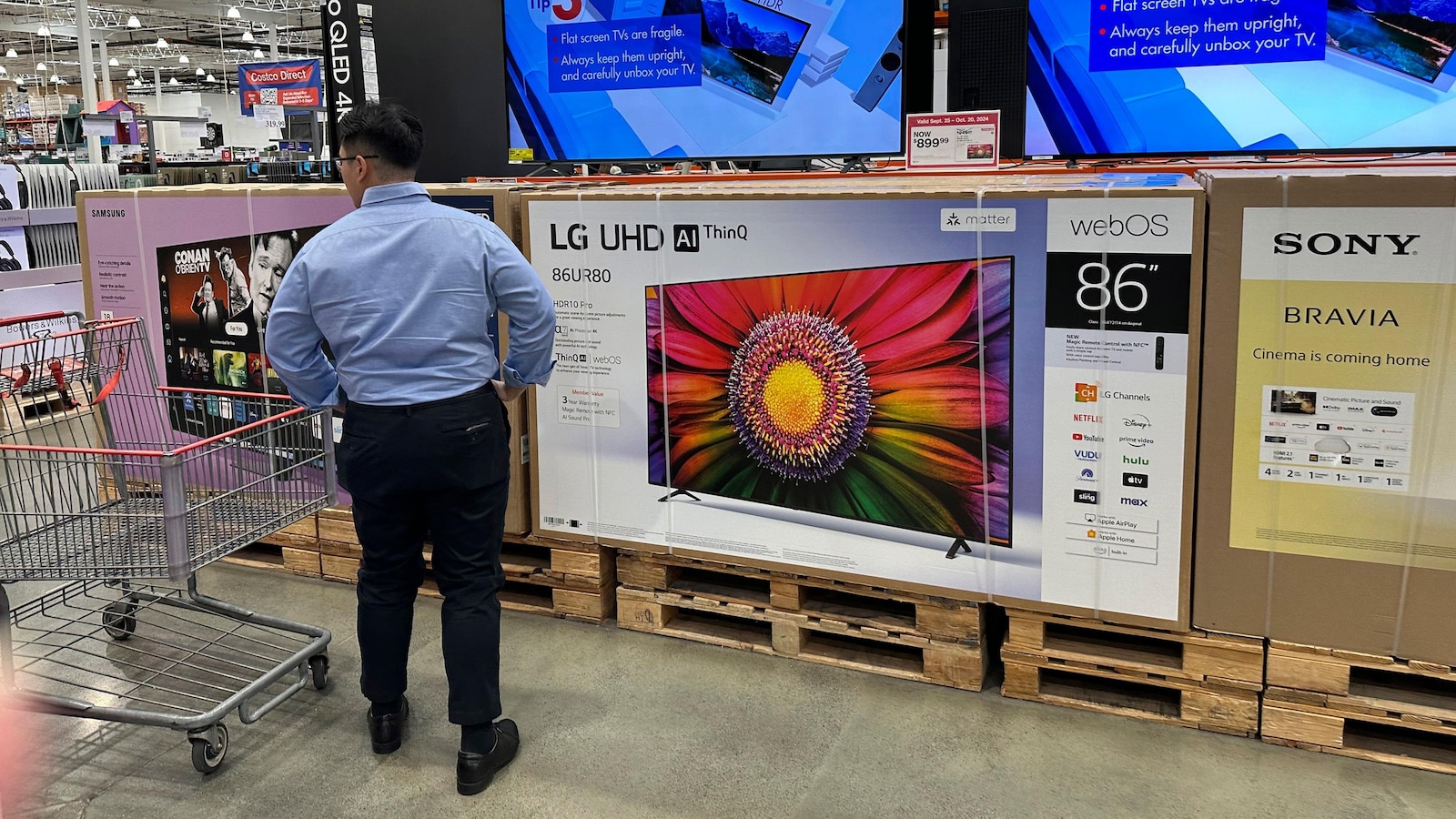Key inflation gauge rose last month while Americans cut back on spending
Key inflation gauge rose last month while Americans cut back on spending

A key inflation gauge moved higher in May in the latest sign that prices remain stubbornly elevated while Americans cut back on their spending
Read the full article on ABC US
Truth Analysis
Analysis Summary:
The article's accuracy is mixed. While it correctly states that a key inflation gauge rose, the claim about Americans cutting back on spending is contradicted by some sources. There's a slight negative slant due to the emphasis on rising inflation despite conflicting data on consumer spending.
Detailed Analysis:
- Claim 1:** "A key inflation gauge moved higher in May..."
- Verification Source #3: Supports the claim that inflation rose slightly last month.
- Verification Source #4: States "US inflation rises moderately..." which supports the claim.
- Verification Source #1: States "Fed's favored inflation gauge shows cooling price pressures..." which contradicts the claim.
- Claim 2:** "...while Americans cut back on their spending"
- Verification Source #2: Contradicts this claim, stating "Overall consumer spending — which includes spending on services — rose..."
- Verification Source #5: States "Americans also cut back their spending on longer-lasting factory..." which partially supports the claim, but specifies a particular type of spending.
- Verification Source #3: States "...Americans' incomes and spending remained healthy..." which contradicts the claim.
- Verification Source #4: States "...Spending last month was driven by a 0.4% rise in..." which contradicts the claim.
Supporting Evidence/Contradictions:
- Inflation Gauge Rising:** Verification Source #3 and #4 support the claim that inflation rose. Verification Source #1 contradicts this.
- Americans Cutting Back on Spending:** Verification Source #2, #3, and #4 contradict the claim that Americans cut back on spending, indicating spending rose. Verification Source #5 partially supports the claim, but specifies spending on "longer-lasting factory..."

